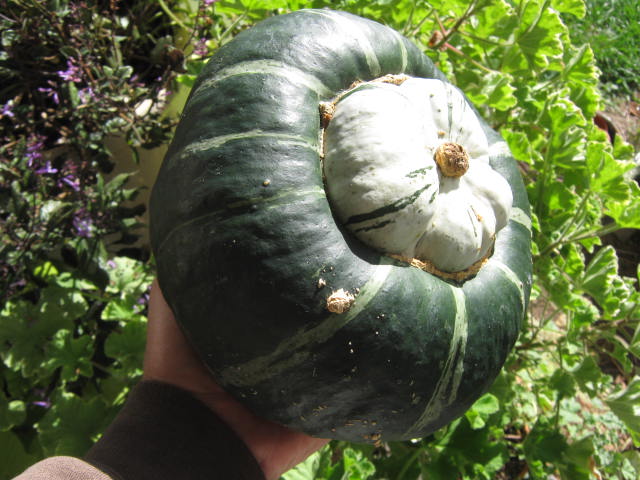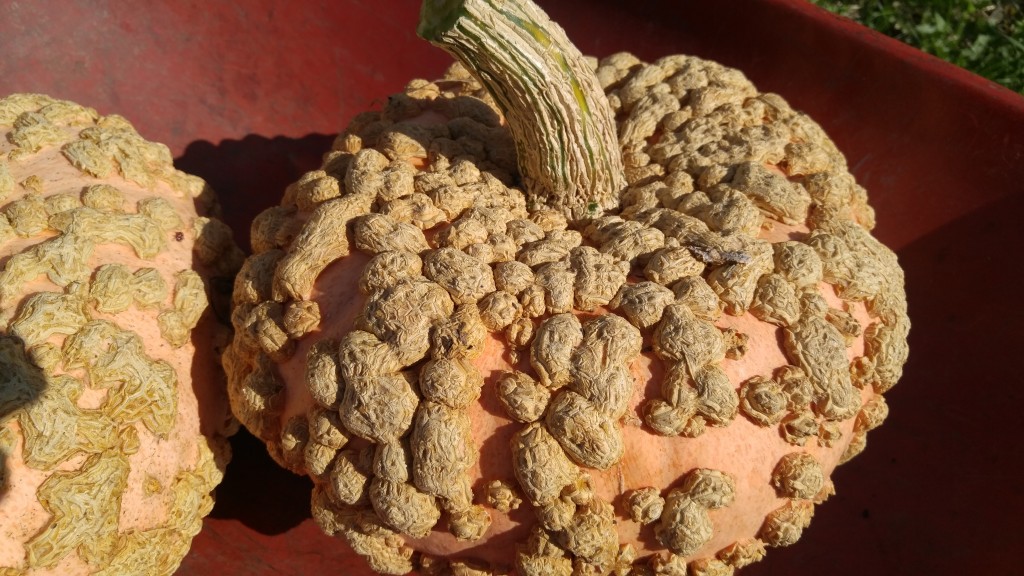In our garden this year we had two hills, with five seeds per hill, that produced over 60 pounds of winter squash. Considering the seeds cost 14¢ each that is a tremendous return. However there are other expenses besides the price of seed that should be looked at.
The largest expense would be the labor involved in preparing the soil, planting the seeds, caring for the plants, harvesting and storing the crop. Some people would also factor in the opportunity cost of their labor. In other words, “what could I be doing with that time that may make me more money?” If gardening is looked at as part of person’s recreational or exercise time, then there are no labor costs. It certainly has more income potential than watching TV.
Now, on the other hand, if we hired someone to do the tilling and irrigation the costs would jump up dramatically. If you were to make these calculations on your own plot of land, those costs would have to be taken into consideration. Business people would look at other things such as value of the square footage of the land, property taxes for that area, equipment amortization, and other items.
Even if all of the other expenses are factored in, the return on investment is still very high especially compared to other activities. A CEO of a large, well-known horticultural business figures the return in a garden can be up to 25,000% annually. Of course we’re looking at production on a small plot of land tended by a person during their off-hours.
So why aren’t all farmers multi-millionaires if the return on investment is so great? Once you start scaling up production the economics changes. At that scale much more needs to be invested in machinery, energy, labor, taxes, interest on borrowed money and all of those other things that go into operating a farm.
For us gardeners though, we can have the satisfaction of knowing we are such shrewd investors.
Bob

